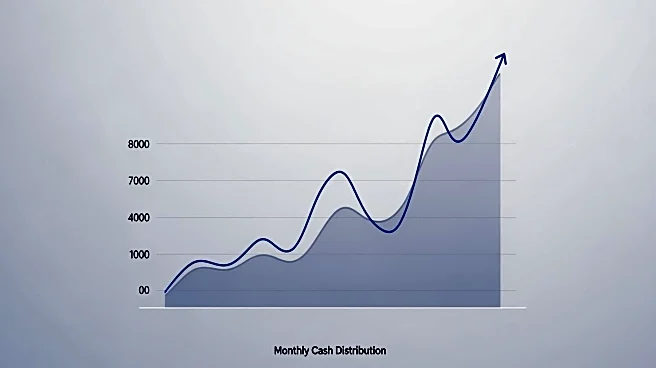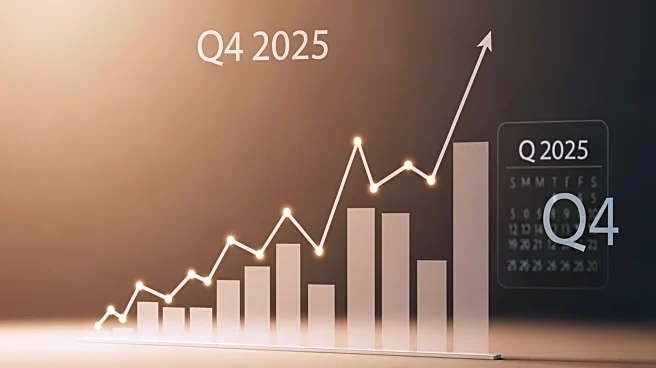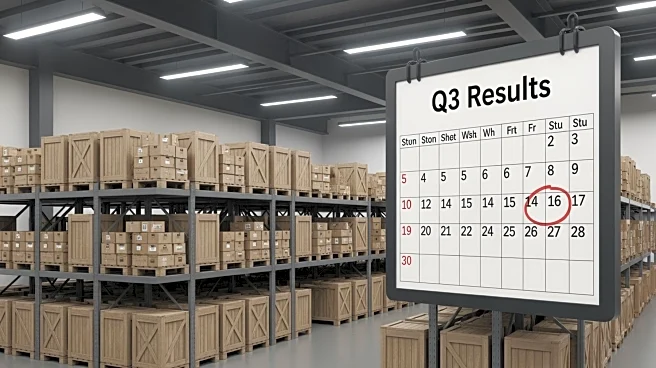What's Happening?
Modiv Industrial, Inc. has declared a monthly dividend of $0.10 per share, set to be paid to stockholders of record on December 31st. Despite the announcement, the company faces financial challenges, as its dividend payout ratio stands at 835.7%, indicating
reliance on its balance sheet rather than earnings to cover dividend payments. Analysts expect Modiv Industrial to earn $0.87 per share next year, which may not suffice to cover the annual dividend of $1.17, leading to a future payout ratio of 134.5%. The stock has seen a slight decrease in value, trading at $14.35, with a market capitalization of $145.72 million.
Why It's Important?
The decision to issue a monthly dividend despite financial constraints highlights Modiv Industrial's commitment to providing returns to its shareholders. However, the high payout ratio raises concerns about the company's ability to sustain dividend payments without impacting its financial stability. This situation may affect investor confidence and influence stock performance. Analysts have mixed ratings on the stock, with some upgrading it to 'hold' while others maintain a 'buy' rating, reflecting uncertainty about the company's future prospects.
What's Next?
Modiv Industrial may need to reassess its dividend strategy if earnings do not improve to cover the payouts. The company might explore alternative financial strategies to maintain shareholder returns while ensuring long-term stability. Investors and analysts will likely monitor the company's financial performance closely, particularly its ability to generate sufficient earnings to support dividend payments. Any changes in analyst ratings or stock performance could impact investor sentiment and market dynamics.
Beyond the Headlines
The financial challenges faced by Modiv Industrial may prompt broader discussions about the sustainability of high dividend payouts in the real estate investment trust (REIT) sector. The company's reliance on its balance sheet for dividend payments could serve as a cautionary tale for other REITs, highlighting the importance of aligning dividend strategies with earnings potential. This situation may also influence investor perceptions of risk and reward in the REIT market.













